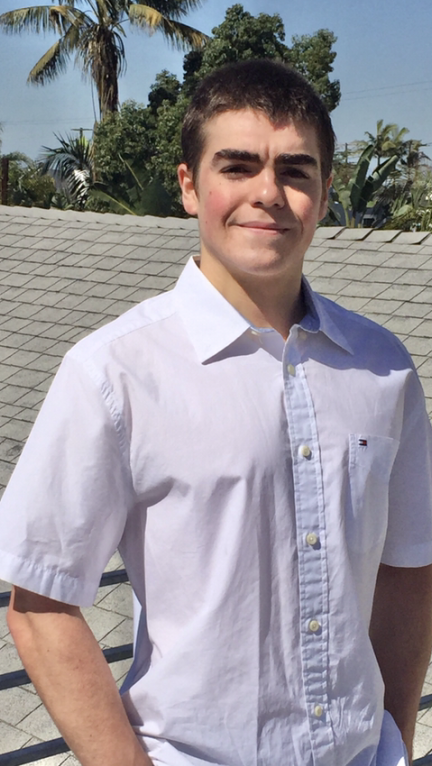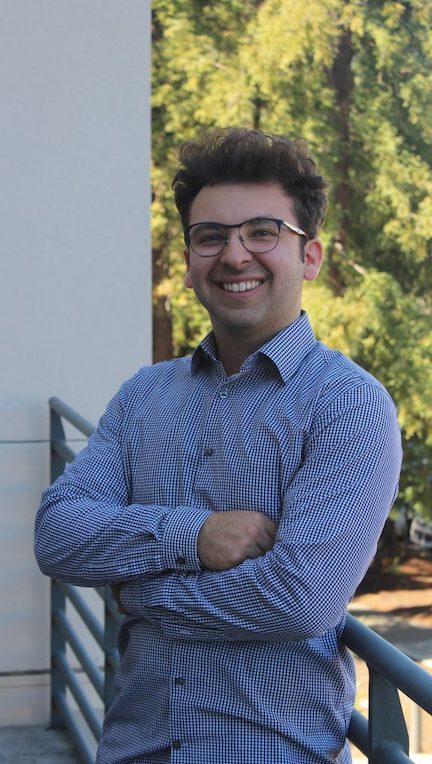

Meet the team:

Head Software Engineer

Hardware Test Engineer

System Test Engineer
The Seer is focused on streamlining the process of location estimation to benefit telecommunications, assisted GPS (AGPS), and radio enthusiasts. By implementing a neural network that utilizes the received signal data from an array of antennas, our system can create an accurate and adaptably complex model of the environment it is trained in. Analyzing the amplitude and phase of these received signals provides useful data for the creation of our deep learning model. Use of a neural network allows for a model to be created that matches the complexity of the urban indoor environments we are targeting with our prototype. Other methods of pinpointing the location of an incoming signal use models that assume an isotropic environment, while true indoor urban environments are by no means isotropic. Our system is capable of improving the current methods for determining the direction-of-arrival of low-band 5G signals, bolstering communication between a base station and transmitter, while lowering the economic impact of these large scale 5G systems.
Methods commonly used to find DOA assume an isotropic environment and do not account for: multipath, constructive/destructive interference, non-proportional relationships between power and distance, changes within the environment, etc. This can mean poor performance in complex environments where there are many obstacles and contributors to the EM field. With a non-isotropic environment, such as a cellular consumer's home, the solution to the inverse problem of finding the DOA using the signal parameters can be extremely difficult, increasing the challenges of modeling the propagation medium.
We proposed the implementation of a system that uses deep learning to determine the direction-of-arrival of an incoming low-band 5G signal. The system can work well indoors since the environment need not be isotropic. Our neural network is able to develop a model that accounts for the complexity of the environment through training. Our system focuses on sub-6 5G NR location estimation within the 600 MHz (n5) to 850 MHz (n71) band. This project is a proof of concept prototype focused on the static Tx case, able to solve the aforementioned problem by mapping the EM spectrum within the testing environment and developing a model specific to this environment. Through training, the system can be utilized in any environment where low-band 5G signals are present.
Our system benefits consumers looking to speed up cellular connectivity within their own home or neighborhood. By mapping the EM environment, our system is able to connect a transmitting cell phone with a local base station quickly and accurately. Our system speeds up the pairing process, provides specific information regarding the location of the consumers cell phone (Tx), and reduces unnecessary power expenditure during the connection process. The benefits of our system include increased efficiency, higher accuracy for applications that rely on precise location services such as assisted GPS (AGPS), and optimized power use within the telecommunication system it is utilized in.
Tate Harsch-Hudspeth: tatehh411@gmail.com
Even Peelen: Evan.Peelen@comcast.net
Victor Madrid: vmad1999@gmail.com